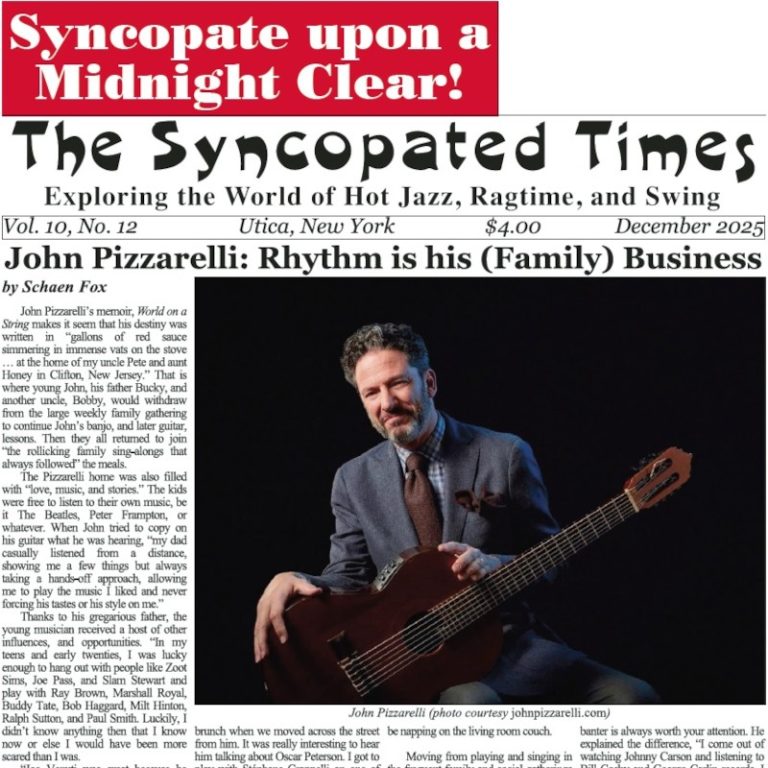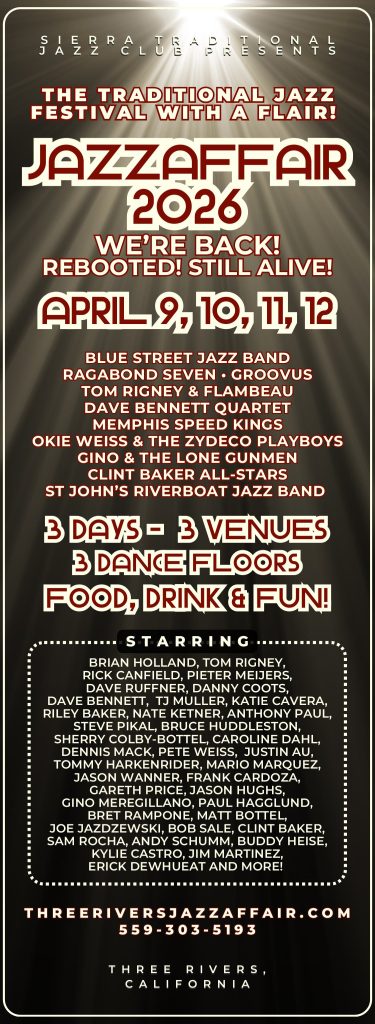Most books about the history of Hollywood costume fall roughly into two categories; either a profile of an individual designer, or a general history of the entirety of cinema style. That’s why Film Noir Style: The Killer 1940s, is a luscious deep dive into, not just a decade, but the fashion iconography of just nineteen memorable films from that decade shadowed by World War II.
Truhler is careful to position the on-screen styles in relation to real world fashion and clothing. Costumes are those clothes, fashionable or not, which help define a movie character. The relationship between the two categories was symbiotic during the classic Hollywood era. Ready to wear designers were influenced by movie fashion, and many costume designers had served apprenticeships with fashion houses. Movie designers were constrained by the same wartime fabric restrictions as civilians.
There was limited access to materials deemed necessary to the war effort, like wool (for uniforms) and silk (for parachutes) and clothes were designed to minimize fabric. Skirts were short. No double breasted jackets. No cuffs or pocket flaps, deemed wasteful. Men’s suits eliminated vests, and socks were shortened, no more sock garters for the guys. Women at home were cautioned to make do and mend, and it wouldn’t do for movie heroines to flaunt those rationing restrictions. Some items were not rationed, beads and s
You've read three articles this month! That makes you one of a rare breed, the true jazz fan!
The Syncopated Times is a monthly publication covering traditional jazz, ragtime and swing. We have the best historic content anywhere, and are the only American publication covering artists and bands currently playing Hot Jazz, Vintage Swing, or Ragtime. Our writers are legends themselves, paid to bring you the best coverage possible. Advertising will never be enough to keep these stories coming, we need your SUBSCRIPTION. Get unlimited access for $30 a year or $50 for two.
Not ready to pay for jazz yet? Register a Free Account for two weeks of unlimited access without nags or pop ups.
Already Registered? Log In
If you shouldn't be seeing this because you already logged in try refreshing the page.




